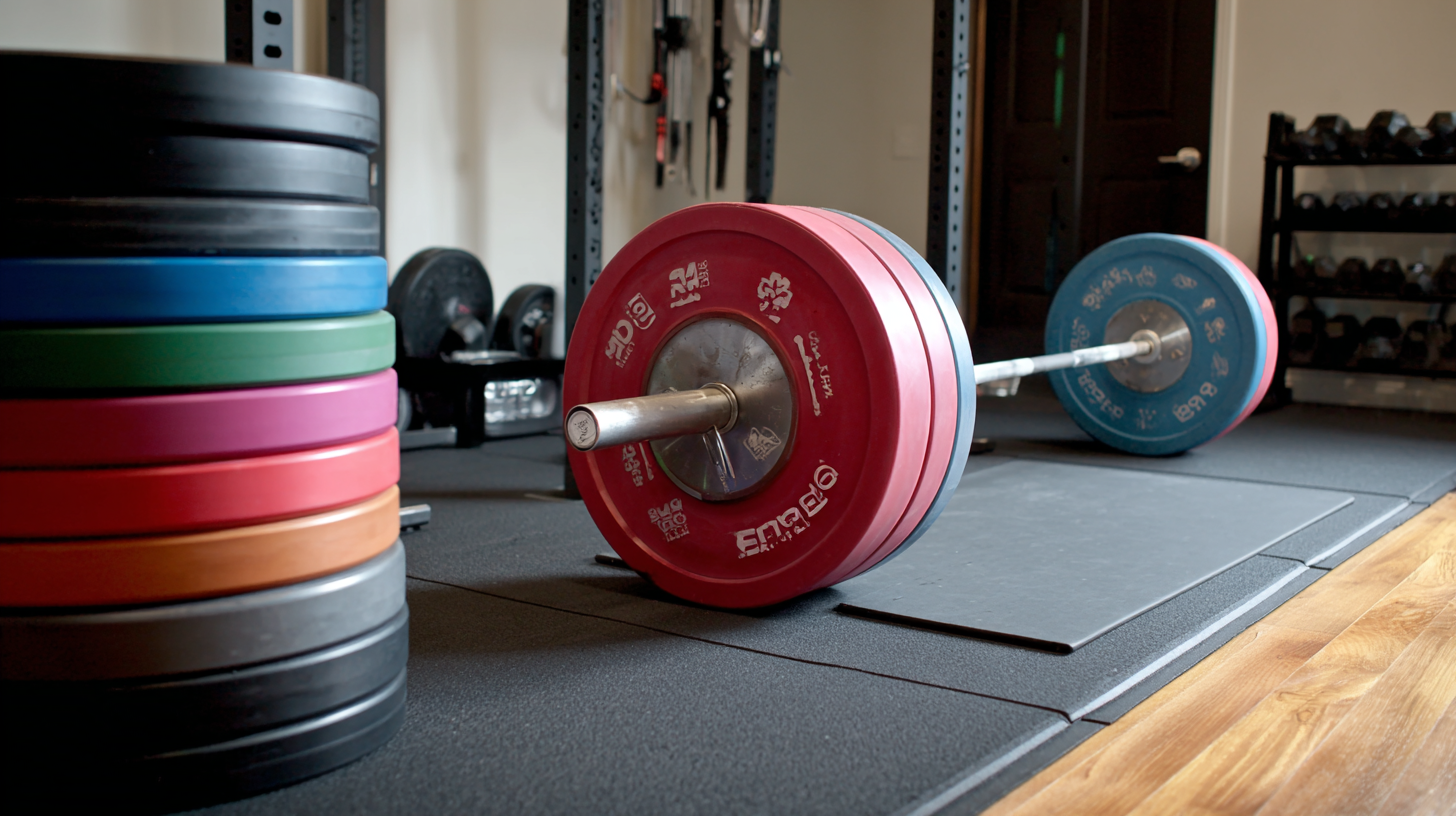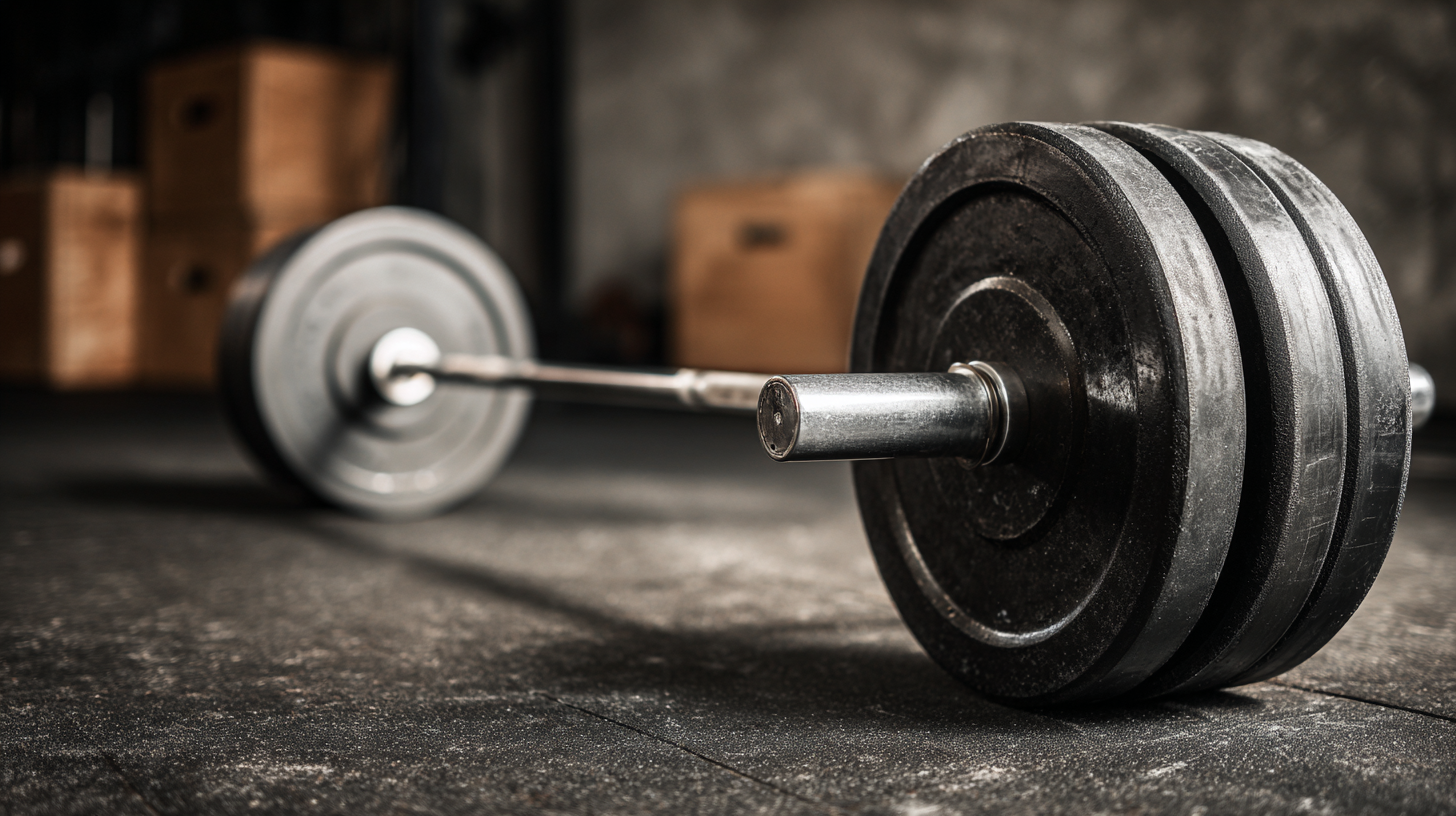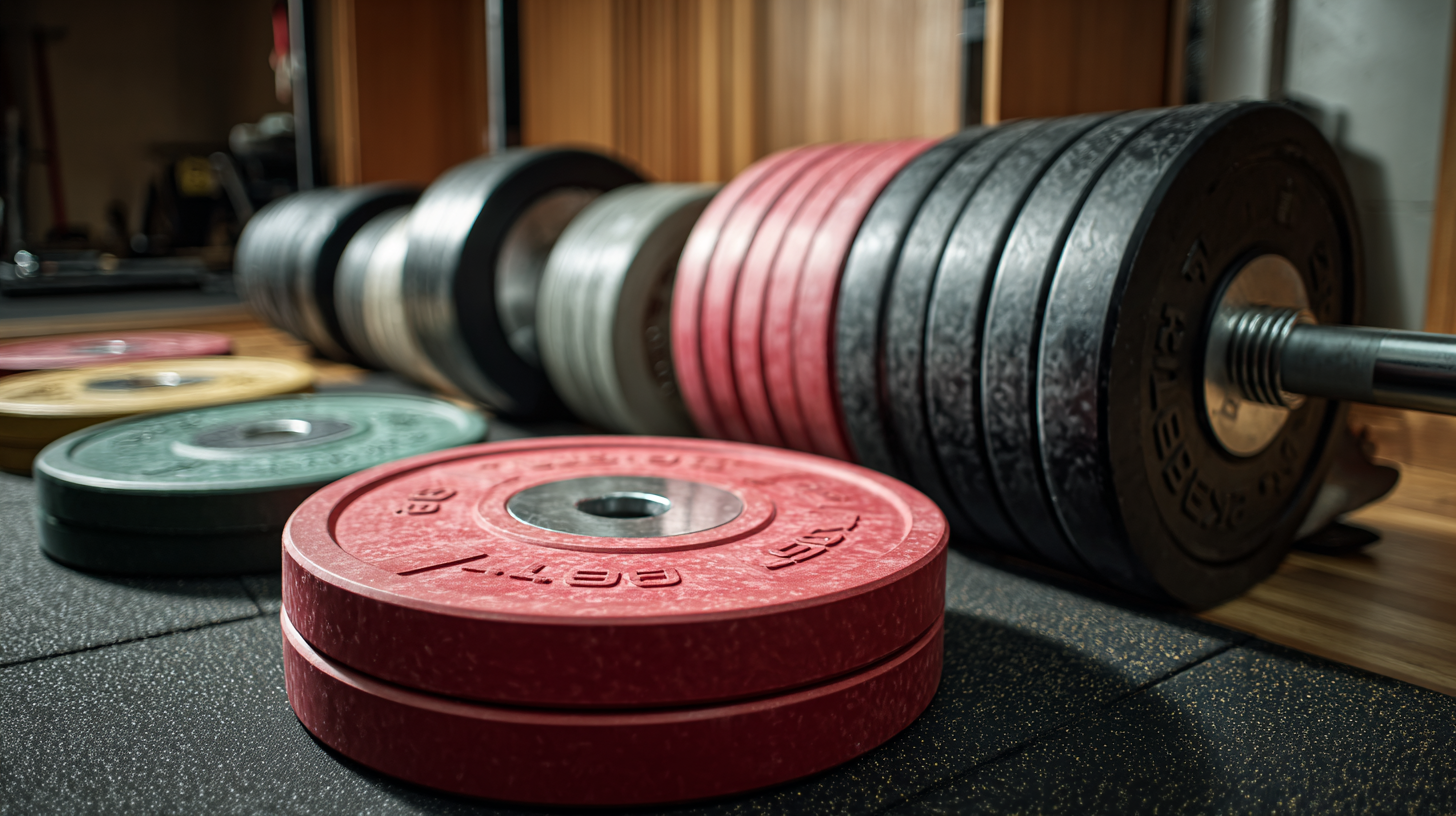
-
Home
-
About Us
-
Products
-
Solution
-
Accessories Service
-
Technicial Service
-
Additional Service
-
News
-
Blog
-
Contact Us
Leave Your Message

When setting up a home gym, one of the essential components to consider is the flooring, particularly if you plan to use heavy equipment like barbells. Choosing the right Barbell Mats is crucial not only for protecting your floor but also for enhancing your workout experience. With a variety of options available on the market, it's important to understand the specific needs of your workout routine, your space, and the type of barbell exercises you'll be performing. In this guide, we will explore the different types of Barbell Mats, their benefits, and key features to consider, ensuring that you make an informed decision that caters to both your training goals and the integrity of your home gym environment. Whether you're a seasoned lifter or just starting out, selecting the right mat can make a significant difference in your workout efficiency and safety.

When selecting the right barbell mat for your home gym, it's essential to understand the different types available on the market. Barbell mats primarily vary in materials and thickness, each catering to specific needs. Rubber mats are the most popular choice due to their durability and shock-absorbing properties. They provide excellent grip, which is crucial for safety during heavy lifting, and can withstand the wear and tear from weights. Meanwhile, foam mats offer a softer surface, ideal for lighter workouts and floor exercises but may not protect your floors from heavier weights effectively.
Another consideration is size and design; some mats come in interlocking tiles that allow for customizable configurations based on your gym space. Additionally, there are specialized mats designed for Olympic lifting, often thicker to handle the impact of dropped weights. Understanding these variations ensures you choose a mat that not only protects your flooring but also enhances your workout experience by providing the right resilience and support for your training style.

When selecting the right barbell mat for your home gym, it's crucial to evaluate key features that cater to your
specific workout needs. The primary function of a barbell mat is to protect your flooring from the heavy impacts of weights and to provide a stable surface for lifting. According to a report by IBISWorld, the home fitness equipment market has grown by an average of 3.7% annually over the past five years, indicating a rising demand for effective gym solutions, including
quality flooring options.
One essential feature to consider is the material of the mat. High-density foam and rubber are often recommended for their durability and shock-absorbing properties. A Study by the National Strength and Conditioning Association highlights that mats made from recycled rubber can minimize noise and vibration, thereby enhancing your workout experience. Additionally, size and thickness play a significant role; thicker mats (at least
3/4 inch) are better suited for heavy lifting, while spacious mats allow for more versatile workout routines. Investing in a mat that aligns with these critical features can significantly enhance your home gym setup.
When setting up a home gym, the first step in choosing the right barbell mat is to assess the available space and the specific dimensions you require. Start by measuring the area where you plan to place your gym equipment. Consider not only the floor space needed for the barbell and any additional weights but also some buffer room for movements and exercises. The size of the mat should accommodate the footprint of your equipment while providing extra coverage to protect flooring and absorb impact.
Next, think about the activities you’ll be doing on the mat. If your workouts include more dynamic movements like deadlifts or squats, a larger mat may be beneficial to ensure stability and safety. Additionally, take into account the thickness of the mat; thicker mats can provide better cushioning, essential for protecting your joints and the floor beneath. By carefully evaluating your home gym space and understanding your size requirements, you can select a barbell mat that best fits your workout needs and contributes to an efficient and effective training environment.

When selecting a barbell mat for your home gym, comparing materials and durability is crucial for ensuring long-lasting performance. Rubber mats are a popular choice, known for their shock-absorbing qualities and resistance to wear. According to a report by the American Council on Exercise, rubber flooring can reduce noise and vibration by up to 50%, making it ideal for high-intensity workouts. In contrast, foam mats, while lighter and often more affordable, may not endure heavy weights over time, making them a less reliable option for serious lifters.
Tips: Opt for mats with at least 3/8-inch thickness for optimal protection against heavy lifting. Additionally, consider the mat's density; a higher density typically indicates greater durability and resistance to tearing.
Another key aspect to consider is the mat's ease of maintenance. Mats made from non-porous materials are easier to clean and less likely to harbor bacteria, crucial for a hygienic workout environment. A study published in the Journal of Environmental Health found that rubber mats can be effectively sanitized with common disinfectants, adding to their appeal for home gym users.
Tips: Regularly clean your mat with a mild soap solution to prolong its lifespan and maintain a safe workout space.
When selecting the right barbell mat for your home gym, it’s essential to consider your specific workout style and the equipment you'll be using. If you primarily engage in heavy lifting, look for mats that offer superior shock absorption and stability. Rubber mats are a popular choice for powerlifters and bodybuilders, as they can withstand the impact of dropped weights while providing a solid, non-slip surface. This ensures safety and reduces the risk of injury during intense sessions.
For those who prefer a more versatile workout, such as cross-training or multipurpose exercise routines, a thinner, lighter mat may be more appropriate. These mats can be easily moved around and stored, making them ideal for dynamic exercises that require space efficiency. Additionally, consider the mat's texture and grip; mats with a textured surface can prevent slipping during workouts, ensuring that your focus remains on performance rather than stability. Ultimately, aligning your mat choice with your workout style and equipment will enhance your home gym experience and support your fitness goals.
| Workout Style | Equipment Type | Recommended Mat Thickness | Material | Noise Reduction |
|---|---|---|---|---|
| Powerlifting | Barbell and Plates | 1/2 inch | Rubber | High |
| CrossFit | Barbell, Kettlebells | 3/8 inch | Foam/Rubber Hybrid | Medium |
| Bodybuilding | Free Weights | 1/4 inch | PVC | Low |
| Functional Training | Barbell, Medicine Balls | 3/8 inch | Composite | Medium |
| Olympic Lifting | Olympic Barbell | 1 inch | Heavy Duty Rubber | Very High |





